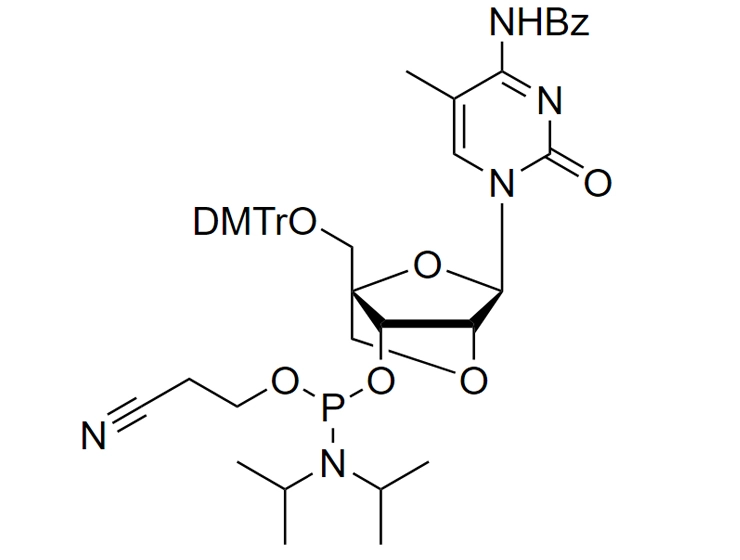DNA sequencing has been a cornerstone in deciphering the genetic code, unraveling the mysteries encoded within the double helix structure. Among the key players in this process are dideoxynucleotide triphosphates (ddNTPs), specialized nucleotide analogs that play a pivotal role in the Sanger sequencing method. In this blog, as a professional pharmaceutical intermediates factory, we will delve into the significance of ddNTPs in DNA sequencing, exploring their unique properties and contributions to advancing our understanding of the genetic blueprint.
The Chemistry Behind ddNTPs
Structure and Function
Dideoxynucleotide triphosphates are modified nucleotides that lack the 3'-OH group essential for the formation of the phosphodiester bond in the growing DNA chain. Unlike regular nucleotides, when dideoxynucleotide triphosphates are incorporated into a DNA strand during replication, it terminates further elongation, leading to the creation of fragments of varying lengths. This termination effect is harnessed in DNA sequencing to reveal the sequence of bases in a target DNA molecule.
Fluorescent Labels for Precision
To enhance the efficiency of DNA genome sequencing, dideoxynucleotide triphosphates are often labeled with fluorescent tags. Each ddNTP is associated with a specific color, allowing for the differentiation of the terminated fragments during gel electrophoresis. The resulting fluorescence pattern provides a readout of the DNA sequence, with each color corresponding to a particular base. This precise labeling facilitates automated sequencing processes and has been instrumental in the development of high-throughput sequencing technologies.
Applications in Sanger Sequencing
Fragmentation and Separation
In Sanger sequencing, dideoxynucleotide triphosphates are strategically introduced into the DNA replication process, alongside regular nucleotides. As the synthesis proceeds, termination events occur randomly at positions corresponding to the incorporation of ddNTPs. The resulting mixture of DNA fragments is then subjected to gel electrophoresis, separating the fragments based on size. The distinct fluorescence emitted by each terminated fragment reveals the sequence, as the bands align with the position of ddNTP incorporation.
Reading the Genetic Code
The arrangement of terminated fragments on the gel provides a visual representation of the DNA sequence, effectively "reading" the genetic code. Researchers can analyze the gel pattern to deduce the sequence of bases in the original DNA template. This foundational technique has been pivotal in numerous genomic studies, from mapping genes to identifying mutations associated with genetic disorders.
Advancements and Future Perspectives
Next-Generation Sequencing (NGS) Impact
While Sanger sequencing using ddNTPs was revolutionary, the field has evolved with the advent of next-generation sequencing technologies. These newer methods, such as Illumina sequencing, utilize different approaches that eliminate the need for gel electrophoresis. However, the principles established by the use of dideoxynucleotide triphosphates in Sanger sequencing laid the groundwork for the development of these high-throughput techniques.
Role in Clinical Diagnostics
Beyond research applications, the role of ddNTPs extends to clinical diagnostics. Sanger sequencing, with its reliance on ddNTPs, remains a valuable tool for targeted sequencing of specific genes associated with genetic diseases. The ability to accurately sequence DNA has profound implications for personalized medicine and the identification of therapeutic targets.
Dideoxynucleotide triphosphates have been instrumental in unlocking the secrets of DNA through Sanger sequencing. Their unique properties, coupled with innovative labeling techniques, have paved the way for advancements in genomics and molecular biology. While newer sequencing technologies continue to emerge, the legacy of ddNTPs persists, reminding us of their foundational role in the ongoing quest to decipher and understand the language written in our genes.

 En
En Cn
Cn



